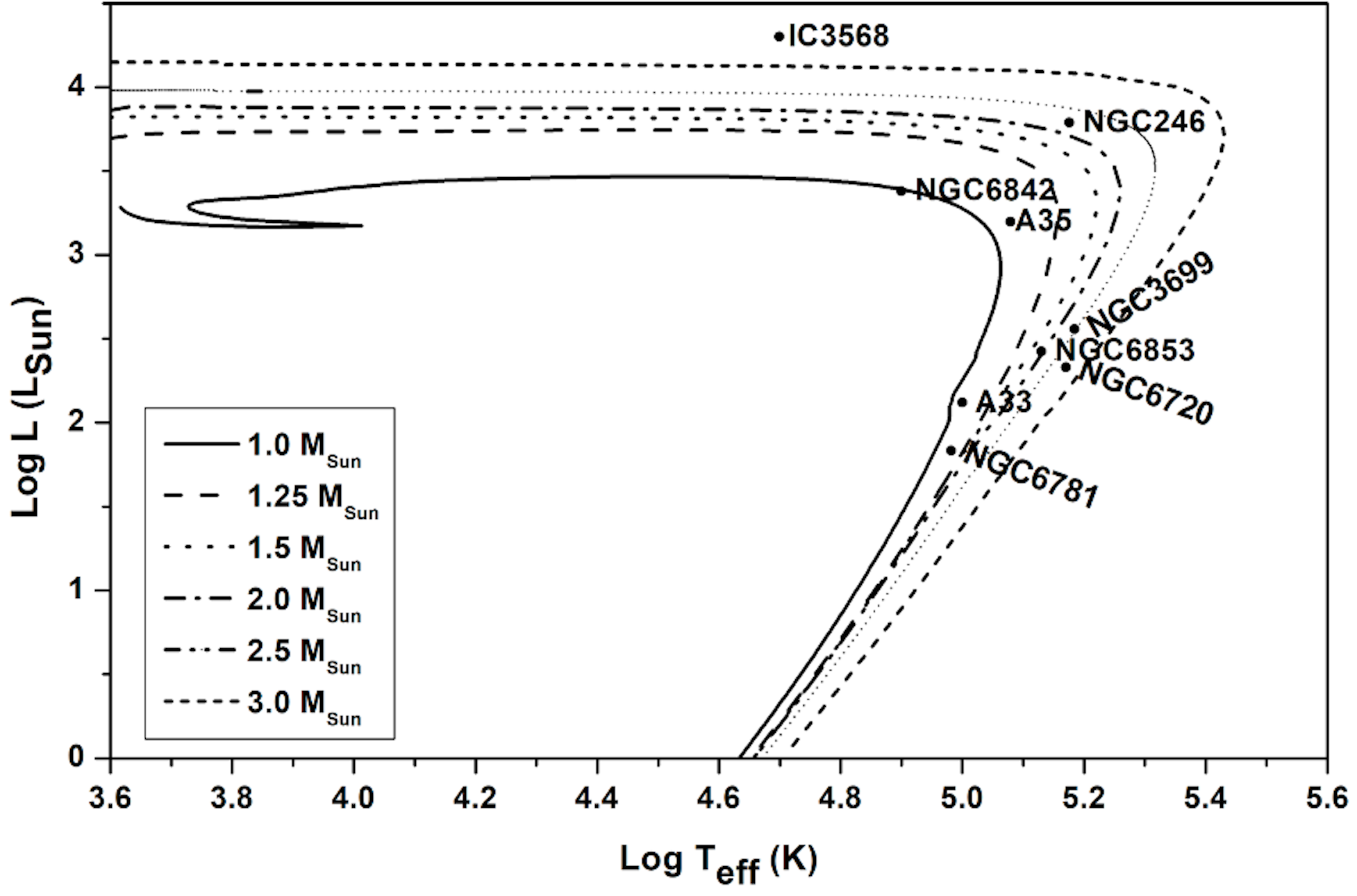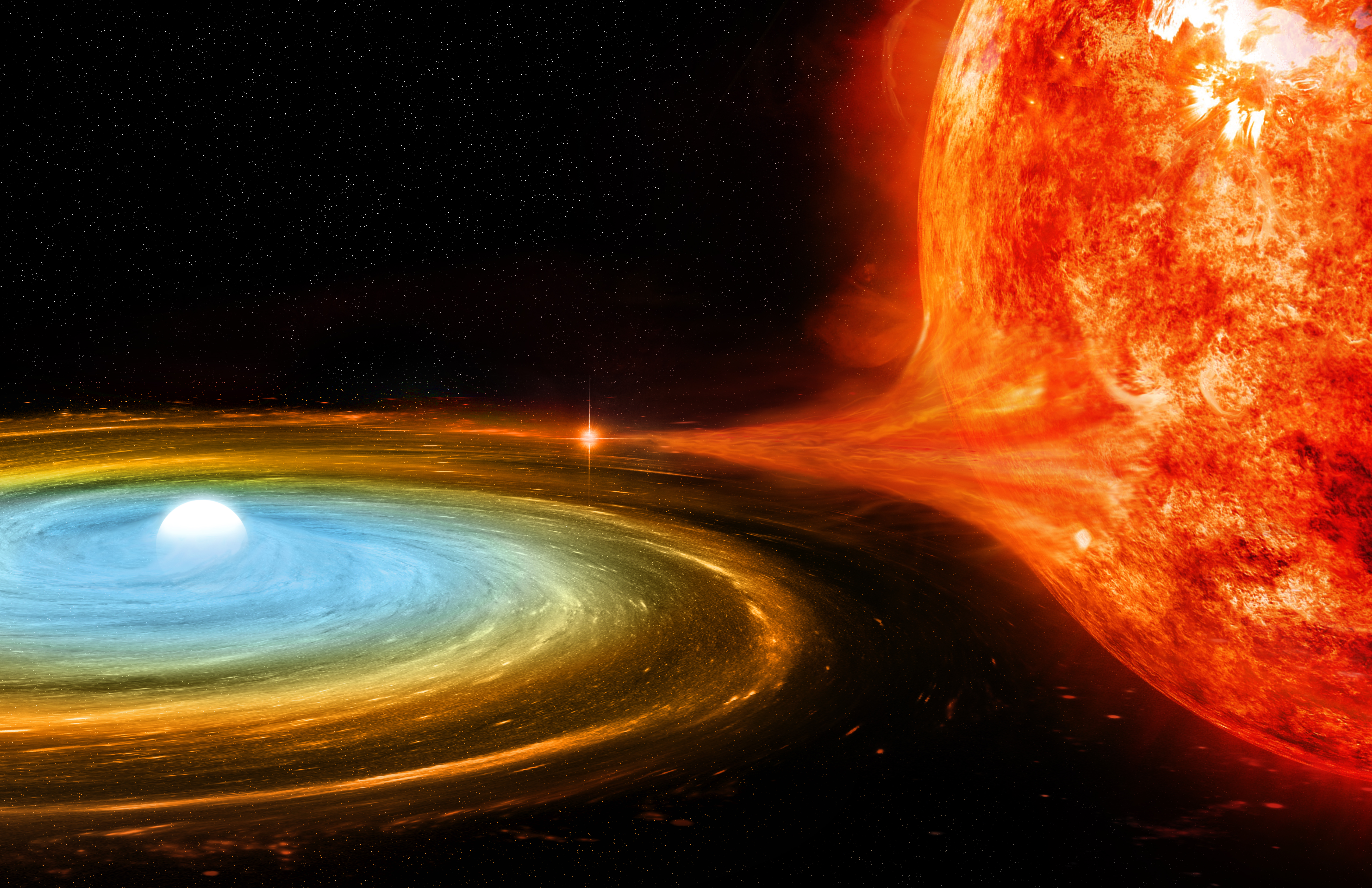Research interests: binary systems, exoplanets, planetary nebulae
Wide binaries and multiple nuclei central stars
 Using the Gaia Data Release 3 (DR3) archive, I worked with
Prof.
Alaa Ali from Cairo University to search for and classify wide binary and
multiple system central stars inside planetary nebulae (CSPNe). We used the DR3 to find
new candidates as well as confirm previously published ones by González et al (2021).
Our search criteria was adopted from conditions on parallax and proper motion values put
forward by El-Badry et al. (2018) that stated the acceptable threshold for wide binary systems.
We eventually found a number of new CSPNe that have a binary, ternary and even a quadruple nature grouped into
four categories of varying percentages of certainty.
Using the Gaia Data Release 3 (DR3) archive, I worked with
Prof.
Alaa Ali from Cairo University to search for and classify wide binary and
multiple system central stars inside planetary nebulae (CSPNe). We used the DR3 to find
new candidates as well as confirm previously published ones by González et al (2021).
Our search criteria was adopted from conditions on parallax and proper motion values put
forward by El-Badry et al. (2018) that stated the acceptable threshold for wide binary systems.
We eventually found a number of new CSPNe that have a binary, ternary and even a quadruple nature grouped into
four categories of varying percentages of certainty.
After we hunted down CSPNe,
we calculated the masses of central stars and their companion(s) in a number of systems.
The initial masses of the primary star in each one of
the systems were obtained from the theoretical isochrones at solar metallicity
Z = 0.01.
Temperatures for the isochrones were obtained from Weidmann et al. (2020),
and luminosities were computed using data from Gaia DR3 with visual magnitude correction applied from Frew (2008).
We obtained masses of companion stars by using the Virtual Observatory SED Analyzer
(VOSA),
we fitted the SED curve to the BTSettl (CIFIST) model and then used the PARSEC 1.2 evolutionary
isochrones to calculate the mass as well as the effective temperature and luminosity of the
companion stars.
Want to take a deeper dive into this research? Check out the whole paper:
arxiv.
Wide binaries and multiple nuclei central stars
 This research was part of the ASPIRE research program I joined in June 2023.
I was blessed to work with
Jan Van Roestel from the University of Amsterdam,
I couldn't have wished for a better supervisor *hearts and love*.
The research entailed searching for a very unique type of binary stars
called ultracompact binaries: binaries that orbit so close together, that some of them
can fit inside the diameter of the sun!
This research was part of the ASPIRE research program I joined in June 2023.
I was blessed to work with
Jan Van Roestel from the University of Amsterdam,
I couldn't have wished for a better supervisor *hearts and love*.
The research entailed searching for a very unique type of binary stars
called ultracompact binaries: binaries that orbit so close together, that some of them
can fit inside the diameter of the sun!
These stars are accreting which means that one star (the accreting) takes
in material from the other star (called the donor). In our case,
the accreting star is a white dwarf and the donor star resembles a white dwarf
but colder and smaller. To search for these stars, we used data from the
Zwicky Transit Facility (ZTF): an optical/NIR camera scanning the northern sky once
every 2 nights.
We searched through more than 4k previously compiled files from ZTF showing dwarf novae,
which is a characteristic feature of ultracompact binaries. We eventually
found FOUR new eclipsing accreting ultracompact binaries– a number we never thought
possible due to the faint nature of these systems.
Three of the four systems fall under a sub category of accreting ultracompact binaries called
AM Canum Venaticorum (AM CVn)– binaries in which the donor star is strictly helium-filled
with no hydrogen traces.
Dig deeper into the letter produced by this work
here. (Open Source)